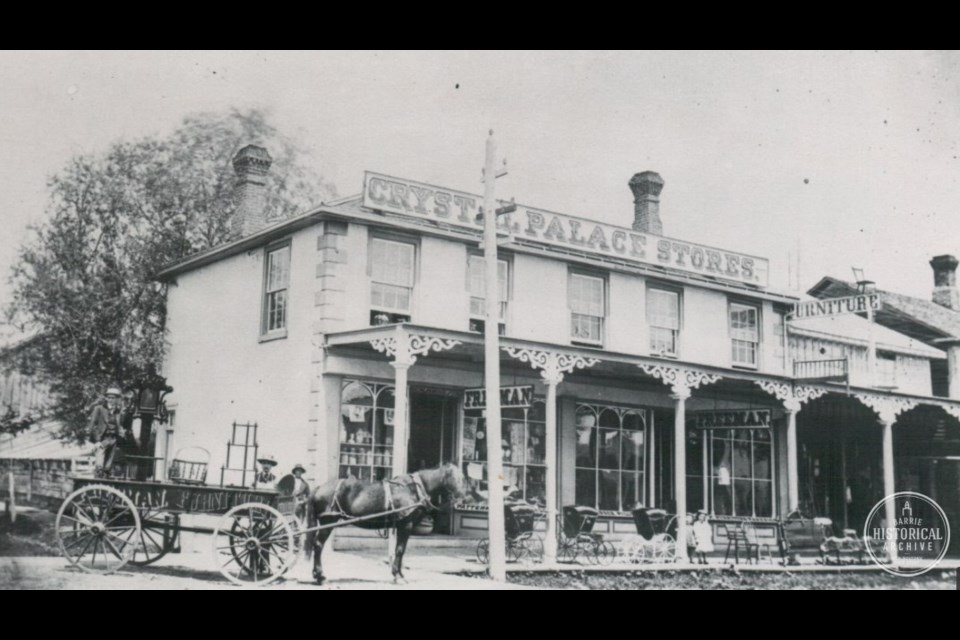Serving ice cream in a small town should be a reasonably safe endeavour, one would think, but not if three desperadoes, as the Northern Advance called them, pay a late-night visit after consuming a good amount of alcohol.
It was 10 p.m., closing time, on Thursday, July 23, 1891, and Thomas Johnson was about to shut the doors of his Elizabeth Street ice cream parlour. Three men arrived at the last minute, each ordering ice cream for themselves. Johnson obliged.
A second dish was called for by each, and Johnson complied once again. After consuming these, one of the trio walked outside while his companions ordered a third dish of ice cream for themselves.
It was then that Johnson got a bad feeling. He declined to serve a third helping, after which the men began to make their exit without paying. Johnson followed them outside.
After demanding payment, he was given 25 cents, which was all the gang could find between them. When Johnson said the amount was unacceptable, he found himself pushed up against his front window with a rough hand around his throat.
Johnson struck out at the man, who momentarily let go, but Johnson could see a fire in his eyes that meant the fight was about to escalate. Grabbing a nearby stick, he hit his attacker soundly in the head, which sent him staggering onto the street.
The group retreated across the street to the opposite corner while shouting profanities at Johnson and his son, Warren, who had joined him. They also promised there would be vengeance.
For that utterance, the Johnsons did not have long to wait. Suddenly, two shots in quick succession were fired at them, shattering the front window but missing both merchants, who wisely dove inside and shut the door.
A young man named John Byrnes, sitting on the window ledge of the closed Freeman’s Crystal Palace store next door, must have thought for a while he had a fantastic front-row seat for this wild west drama. He thought otherwise when the next bullet was meant for him.
When the Freeman’s front window also shattered, Byrnes made himself as small as he could by standing flat against the brick wall. A final shot fired by the gang struck the wall close to Byrnes’s head,
After satisfying themselves that they had exacted their payback, the goons strolled down John Street toward the railway.
Police Chief Robert King was immediately informed and he gathered every constable he could find. A posse of local men was formed and telegrams were sent out in every direction.
The manhunt was surprisingly short. Not even four hours later, the suspects were found asleep in a railway boxcar not far from the scene. Each was carrying a loaded revolver and one possessed a well-equipped burglary kit.
The next day, all three were taken to court, where the Johnsons and Byrnes were in attendance as witnesses. They easily identified their assailants and testified hard-looking John Morrison was definitely the ringleader and had fired the first shot. The others, identified as John Dickson (alias Ferguson) and George Smith, also fired their weapons.
A letter was written to Toronto Central Prison, and the deputy warden of that facility came to Barrie and confirmed Morrison and Dickson had served three and two terms there, respectively.
Kingston Penitentiary reported Smith, alias Thomas Malony, had served five years incarcerated there.
The three were all sent to Kingston Penitentiary, with Morrison receiving the longest term of five years. However, in November 1891, the prison sent a telegram to King to let him know Morrison had escaped.
Johnson retired from business shortly after the traumatic events of that July night. William Freeman closed his Crystal Palace within two years as well.
Each week, the Barrie Historical Archive provides BarrieToday



